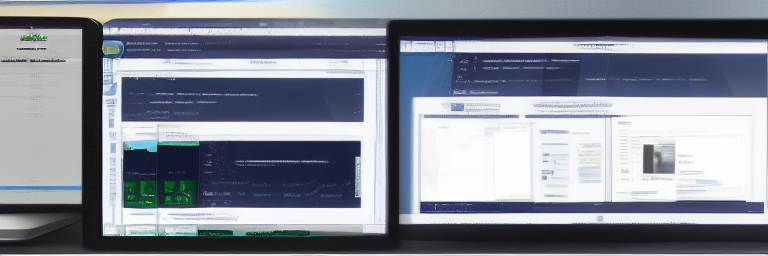The Basics
.NET is a software development platform from Microsoft for developing applications. It includes a large class library known as Framework Class Library (FCL) and provides language interoperability (each language can use code written in other languages) across several programming languages that can be used to create, deploy, and execute applications.
.NET Services is a set of web services and tools that helps developers to create, deploy, and manage web applications and services. It provides a platform for building, deploying, and managing web applications and services.
.NET Services includes a set of web services, tools, and libraries that helps developers to create, deploy, and manage web applications and services. .NET services include the likes of Bing Maps, Azure, and Office 365. Developers can access these services using a variety of programming languages, including C#, VB.NET, and JavaScript.
Microsoft Azure is a cloud computing service created by Microsoft for building, testing, deploying, and managing applications and services through a global network of Microsoft-managed data centers. It provides software as a service (SaaS), platform as a service (PaaS), and infrastructure as a service (IaaS) solutions.
Purpose
The .NET services are a set of web services that allow for communication and collaboration between different applications. The services are based on the SOAP (Simple Object Access Protocol) and WSDL (Web Services Description Language) standards.
.NET services are used for a wide range of purposes, from simple file sharing and data storage to complex application development and web services. It can be used to build applications that run on any platform, including Windows, Linux, and macOS. Also, it can be used to create web sites and web services that can be accessed from any device with an Internet connection.
Advantages and Challenges
.NET services have many advantages, including the ability to scale and support a large number of concurrent users, the ability to deploy and manage services easily, and the ability to take advantage of .NET security features. They also offer good performance and reliability.
However, it can also pose some challenges. For example, because they are based on the Windows platform, they may be less portable than other types of services. They may also be more expensive to host and manage than other types of services.
A Brief History of .NET Services
The first version of .NET services was released in 2002 as part of the .NET Framework 1.0. This initial release included the Web Services Enhancements (WSE) 1.0, which added support for the WS–* web services standards.
In 2006, .NET services was updated to include the WCF (Windows Communication Foundation) stack, which replaced the WSE stack. WCF provided a unified programming model for building web services and other distributed applications.
In 2012, .NET services was again updated to include the WCF Web API, which makes it easier to build RESTful web services.
Today, .NET services is a key part of the Microsoft Azure cloud platform, providing developers with a powerful set of tools for building cloud–based applications.
Examples
Some examples of .NET services are:
- ServiceStack: ServiceStack is a free and open source web service framework that allows developers to create and consume web services in a simple and fast way. The framework is written in C# and provides a wide range of features that make it easy to create and consume web services. ServiceStack also includes a number of built-in features that make it easy to create and consume web services.
- SignalR: SignalR is a library that helps provide real-time web functionality to applications. SignalR allows server-side code to push content to connected clients instantly as it becomes available, rather than having the client make a new request for new data.
- ASP.NET Web API: ASP.NET Web API is a framework for building web APIs on top of ASP.NET. It is an ideal platform for building RESTful applications on the .NET Framework.
- WCF: Windows Communication Foundation (WCF) is a framework for building service-oriented applications. Using WCF, you can send data as asynchronous messages from one service endpoint to another. A service endpoint can be part of a continuously available service hosted by IIS, or it can be a service hosted in an application. An endpoint can be a client of a service that requests data from a service endpoint. The messages can be as simple as a single character or word, or as complex as a stream of binary data.
The Future Outlook for .NET Services
The future of .NET services looks bright. With the release of .NET Core 3.0, it is are now cross–platform and can be run on Windows, Linux, and macOS. Too, it is now open source, which means that anyone can contribute to the development of .NET services.
In the future, .NET services will continue to evolve and become more powerful. They will be able to handle more complex workloads and will be more scalable. Moreover, it will also become more user–friendly, making it easier for developers to create and deploy applications.
.NET Core is a cross-platform, open source, and modular .NET platform for creating modern web apps, microservices, libraries, and console applications. .NET Core is a successor to the .NET Framework, and Microsoft’s next generation of the platform.

